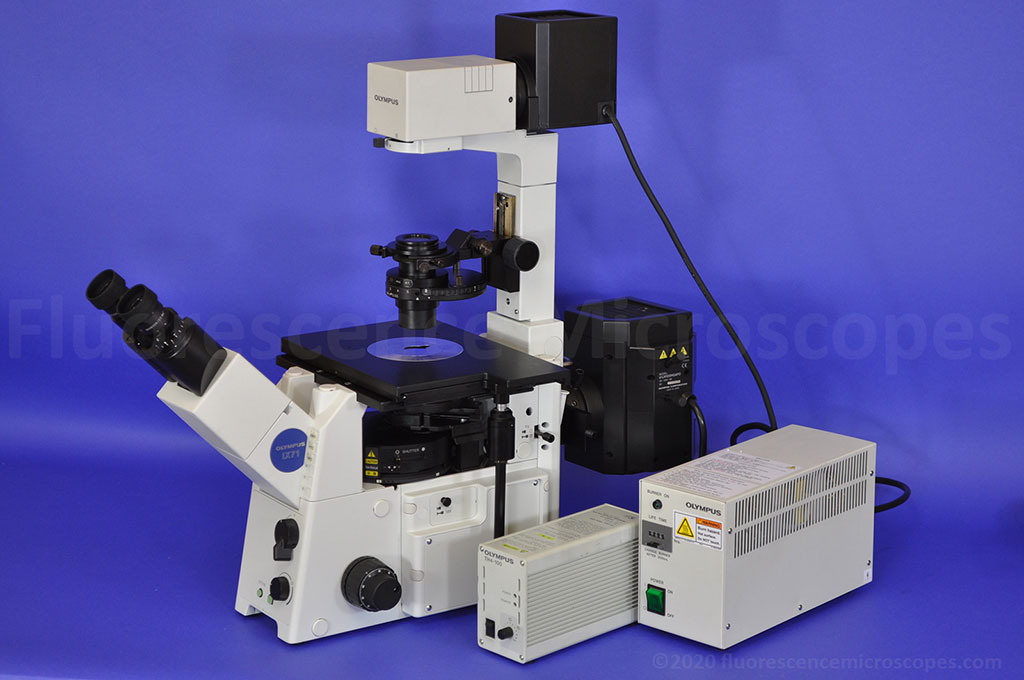New Fluorescent DNA Label Reveals Nanoscopic Cancer Features
Posted on 15 Mar 2022
Recent advances in superresolution fluorescence nanoscopy have transformed biological imaging as it seamlessly combines nanoscale resolution with molecular specificity. It is now routinely used in basic biological studies to visualize molecular structure.
Among various types of superresolution microscopy techniques, stochastic optical reconstruction microscopy (STORM) stands out as one of the simplest yet most powerful superresolution microscopy systems because of its superior spatial resolution and the ability to use simple organic fluorophores.

Medical Bioengineers at the University of Pittsburgh (Pittsburgh, PA, USA) have developed a new fluorescent label that gives a clearer picture of how DNA architecture is disrupted in cancer cells. The findings could improve cancer diagnoses for patients and classification of future cancer risk. Inside the cell's nucleus, DNA strands are wound around proteins like beads on a string. Pathologists routinely use traditional light microscopes to visualize disruption to this DNA-protein complex, or chromatin, as a marker of cancer or precancerous lesions.
The scientists formulated a new label called Hoechst-Cy5 by combining the DNA-binding molecule Cy5 and a fluorescent dye called Hoechst with ideal blinking properties for superresolution microscopy. STORM images were acquired using our custom-built system on the Olympus IX71 inverted microscope (Olympus, Tokyo, Japan). After showing that the new label produced higher resolution images than other dyes, the team compared colorectal tissue from normal, precancerous and cancerous lesions. In normal cells, chromatin is densely packed, especially at the edges of the nucleus. Condensed DNA glows brightly because a higher density of labels emits a stronger signal, while loosely packed chromatin produces a dimmer signal.
The images showed that as cancer progresses, chromatin becomes less densely packed, and the compact structure at the nuclear border is severely disrupted. To see if chromatin structure could hold clues about future cancer risk, the investigators evaluated patients with Lynch syndrome, a heritable condition that increases the risk of several cancer types, including colon cancer. They looked at non-cancerous colorectal tissue from healthy people without Lynch syndrome and Lynch patients with or without a personal history of cancer. The differences were striking. In Lynch patients who previously had colon cancer, chromatin was much less condensed than in healthy samples, suggesting that chromatin disruption could be an early sign of cancer development, even in tissue that looks completely normal to pathologists.
Yang Liu, Ph.D., associate professor of medicine and bioengineering, and senior author of the study, said, “Early-stage lesions can have very different clinical outcomes. Some people develop cancer very quickly, and others stay at the precursor stage for a long time. Stratifying cancer risk is a major challenge in cancer prevention.” The study was published on March 4, 2022 in the journal Science Advances.
Related Links:
University of Pittsburgh
Olympus














